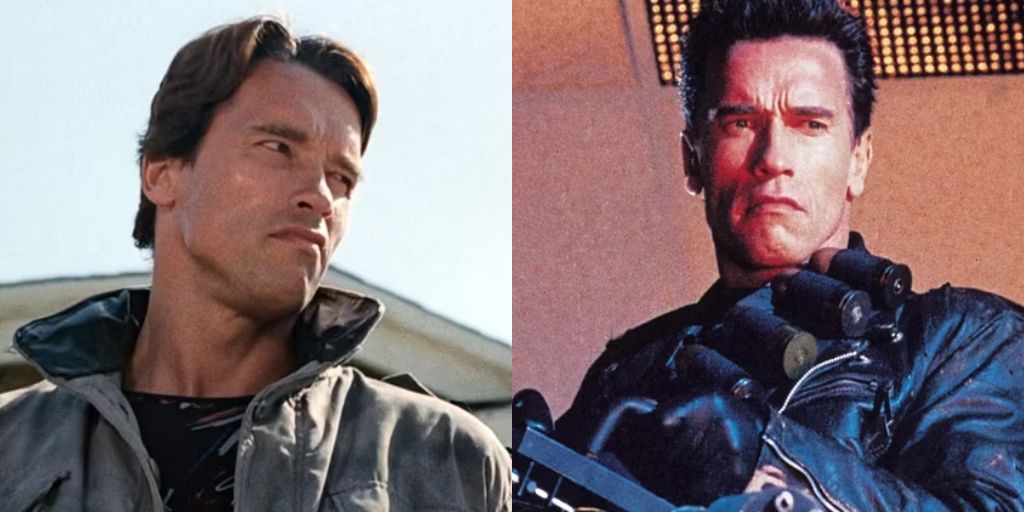When James Cameron made the original Terminator movie in 1984, it surprised many by becoming a classic sci-fi horror film. At that time, it seemed unlikely that there would ever be a direct sequel. However, when Terminator 2: Judgment Day was released, it changed everything.
The sequel flipped the story of the killer cyborg and set a new standard for action movies. Yet, the time travel aspect of the story has puzzled fans for years. The Terminator franchise is known for being confusing. It features cyborgs from the future who travel back in time to eliminate the future leader of the human Resistance.
With the release of the latest anime series, Terminator Zero, on Netflix, the ending makes time travel seem even more complicated. But is it really? Well, sort of. It also depends on which part of the series you are watching.
The Original Films Introduce Time Travel Mechanics
The original Terminator film does not provide much detail about how time travel works. We learn from Kyle Reese, a character played by Michael Biehn, that nothing “dead” can go through time travel. Additionally, there is no simple way back to the future without the Time Displacement Equipment.
Cameron’s first film in the Terminator series is quite straightforward. It still resonates well with audiences after many years. In the story, Arnold Schwarzenegger plays a T-800 cyborg sent to the past to kill Sarah Connor (played by Linda Hamilton).
The goal is to prevent her son, John Connor, from being born. This premise suggests that Skynet, the AI antagonist, believes it is possible to change the future, maybe even in real-time.
The film raises intriguing questions, such as: Was Kyle Reese always John’s father in a paradoxical way? Or did he change the past by creating a new John Connor with Sarah? Unfortunately, we do not have clear answers to these questions.
Terminator 2: Judgment Day continues to show these themes by introducing a new T-800 and the T-1000, portrayed by Robert Patrick. In this sequel, these two opposing Terminators are sent to protect the young John Connor (played by Edward Furlong) or eliminate him. It becomes clear that the main idea of the Terminator series is that the future can indeed change.
There is a famous quote from the movie that states, “there is no fate but what we make for ourselves.” This leads to the question of whether changing the past overlaps with the future and rewrites reality. Terminator 2 suggests that this is indeed the case.
Cameron even filmed an alternate ending where an older Sarah enjoys the future she helped create by defeating Skynet in the past. However, the mystery of time travel is likely one reason the film concludes with John and Sarah on the open road, leaving their fate to the audience’s imagination.

Similar to the explanation in Avengers: Endgame, time travel in the Terminator universe does not imply that the past, from which someone traveled, did not occur.
Even if Kyle Reese came from a bleak future, his successful mission to destroy all of Cyberdyne’s research in Terminator 2 may have eliminated that future entirely, leading to a new one. This does not mean Kyle no longer exists (assuming he survived the first film). Instead, it implies that events in time can change.
The concept does not function like Back to the Future, where altering past events raises questions about existence. Instead, Kyle Reese retains memories of his past, while the future no longer follows the same path he knew. That is how we might understand it.
Terminator: The Sarah Connor Chronicles and Alternate Timelines
The simplicity of James Cameron’s initial approach to the Terminator story is what kept fans engaged in the franchise (excluding T2-3D: Battle Across Time, which altered his time travel rules). Whether through film sequels, TV shows, books, comics, or video games, fans encountered many possible timelines.
Thus, when Terminator: The Sarah Connor Chronicles debuted on Fox in 2007, it significantly changed the narrative. Instead of focusing on one timeline, The Sarah Connor Chronicles addresses multiple timelines.
In the series, Derek Reese (played by Brian Austin Greene) kills one of the Skynet inventors in the past, which creates an active new future. This new future is the timeline from which Jesse Flores (played by Stephanie Jacobsen) comes back. Initially, Derek believes she is his Jesse.
However, he soon realizes that her timeline is different from his. The show implies that multiple futures can coexist, with characters like the Terminator Cameron (played by Summer Glau) and the T-1001 Catherine Weaver (played by Shirley Manson) returning from various points in differing timelines to fight for their survival.
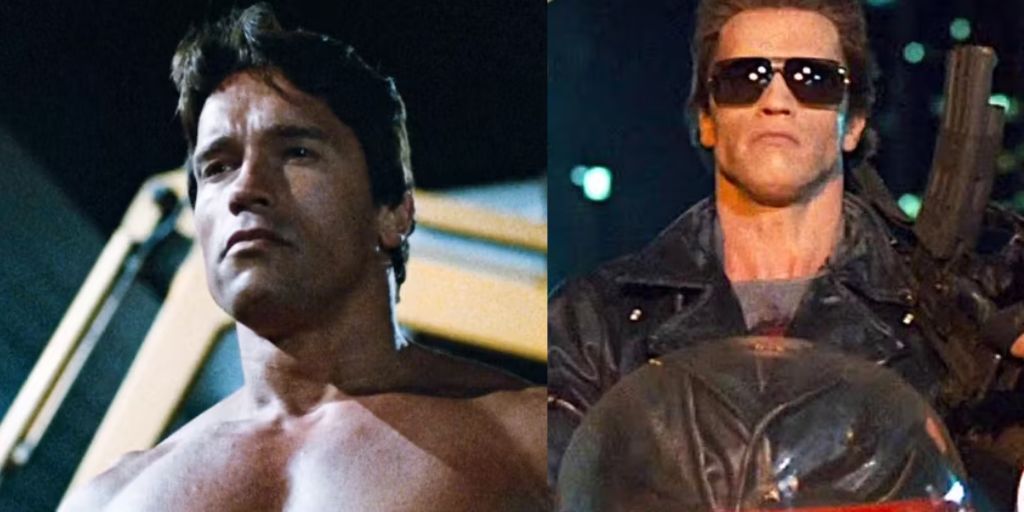
The number of Resistance fighters and Terminators traveling back in time makes it difficult to know what future is unfolding for the characters. This uncertainty adds excitement to the show.
In the impromptu series finale titled “Born to Run,” John Connor, played by Thomas Dekker, ventures into the future, only to discover that no one recognizes who John Connor is.
In this way, The Sarah Connor Chronicles reinforces the idea that altering the past impacts the future directly, leading to the erasure of any other active timelines. By skipping over Judgment Day and not being present to guide the Resistance, John’s existence is altered at the beginning of the Future War.
This shift ultimately changes his fate by the end of the series, unless he travels to a different alternate timeline. If only we could change the timeline ourselves to prevent Fox from canceling this show to find out more!
Post-Cameron Terminator Sequels Present a Different Perspective
As we analyze the franchise, it is essential to address Terminator 3: Rise of the Machines and Terminator Salvation. Terminator Salvation was released after The Sarah Connor Chronicles had already been canceled. Since this installment primarily takes place in the future, there is no time travel aspect to discuss.
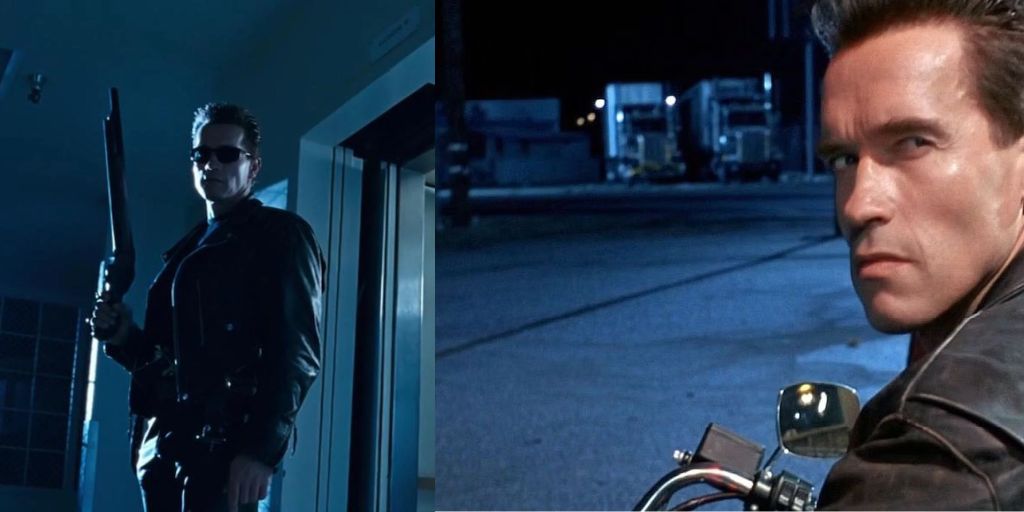
On the other hand, Terminator 3 presents a contrasting viewpoint compared to other installments. Instead of suggesting that the heroes can fight against the future, Rise of the Machines asserts that Judgment Day is unavoidable.
While the date might change, the Future War will happen regardless. Fate exists in this narrative. The film ends with Skynet launching a nuclear attack, and because the program had developed over time, it integrated into cyberspace, making it harder to eliminate.
This is an intriguing concept, but much of the time travel simply reinforces the idea that fate cannot be changed. While Skynet does send the T-X (played by Kristanna Loken) back in time to kill John’s lieutenants, the full future remains intact.
The franchise takes another intriguing turn with the first official reboot, Terminator Genisys. In this reboot, the events of previous Terminator films still take place, but in alternate timelines.
In this particular timeline, Kyle Reese (played by Jai Courtney) travels back to the past, but his journey is disrupted by Skynet (voiced by Matt Smith), which sends a Terminator-infected John Connor (played by Jason Clarke) back in time to ensure its own survival.
Additionally, a mysterious Resistance faction sends a T-800 back to rescue a young Sarah Connor (played by Emilia Clarke) and raises her as his own daughter.
This movie is filled with time travel, and while characters frequently travel back and forth through time, a notable aspect is that Kyle can remember changes to his own past.
He does this by recalling the shifts through the eyes of his younger self. This indicates that time itself is fluid and can be altered or adjusted. Unfortunately, the planned Genisys trilogy was canceled, leaving fans without a proper resolution.
When James Cameron returned as a producer for Tim Miller’s Terminator: Dark Fate, many of the complex time travel mechanics introduced in The Sarah Connor Chronicles were set aside. Dark Fate returns to the straightforward approach of time travel, indicating that Terminator 2 successfully stopped Judgment Day and prevented the birth of Skynet.
However, Skynet had still sent multiple Terminators into the timeline. One of them manages to kill John, despite the alterations in the timeline. This reinforces the idea that, although the future can change, it remains connected to the past for time travelers. Like Terminator 3, Dark Fate presents a more cynical view, suggesting that Judgment Day must still occur in some form, this time through a new AI named Legion.
Terminator Zero and Its Unique Time Travel Concept
The recent anime series Terminator Zero adds complexity to the time travel concept once more, but it may not be as complicated as it seems.
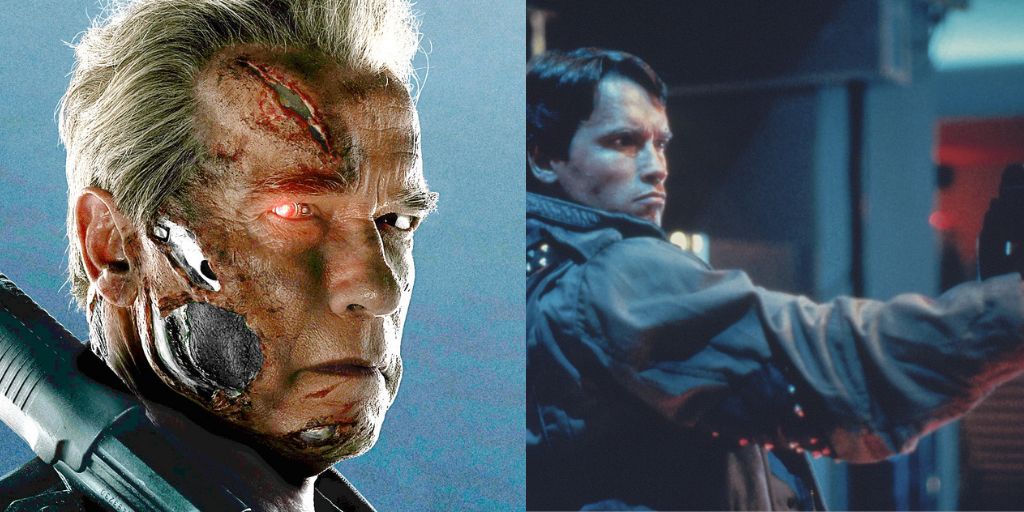
In this series, Malcolm Lee (voiced by André Holland/Yuuya Uchida) travels back from the Future War to the past, accompanied by his cyborg friend Misaki (voiced by Sumalee Montano/Saori Hayami). Together, they create Kokoro (voiced by Rosario Dawson/Atsumi Tanezaki), a new artificial intelligence designed to stop Skynet from triggering Judgment Day.
While fans have speculated that another version of Kyle Reese traveled back in time previously, creating a paradox, Terminator Zero takes this idea further.
It reveals that Eiko (voiced by Sonoya Mizuno/Toa Yukinari), a Resistance fighter, is actually Malcolm’s mother, although she is unaware of this fact at first.
When Eiko communicates with the future Prophet (voiced by Ann Dowd/Mari Yokoo), who appears to be an elderly version of Eiko, she learns that every time someone travels back in time, they go to a different past that is not their own.
Unlike Kyle Reese’s mission to return to his original past and prevent the future from being rewritten, Terminator Zero creates more branching realities instead of replacing them. This means that even if Eiko alters the past, saves Malcolm and his children, and allows Kokoro to become a new protector, each of these events exists in a different timeline.
The unique aspect of this series is that it emphasizes how traveling through time changes not just the traveler’s future, but also the past from which they come. It suggests that no future is fixed, and that time is a series of multiple branches rather than a single path.
Conclusion: The Complexity of Time Travel in the Terminator Franchise
The Terminator franchise is rich with complex and intriguing time travel themes, with multiple timelines and paradoxes that keep fans guessing. From the straightforward rules introduced by James Cameron to the branching realities of the more recent series, the concept of time travel remains a fascinating subject.
While some films lean toward the idea of fate being unchangeable, others propose that altering the past can create entirely new futures. Terminator Zero adds an exciting twist, presenting the idea that time travel leads to branching realities instead of erasing original timelines.
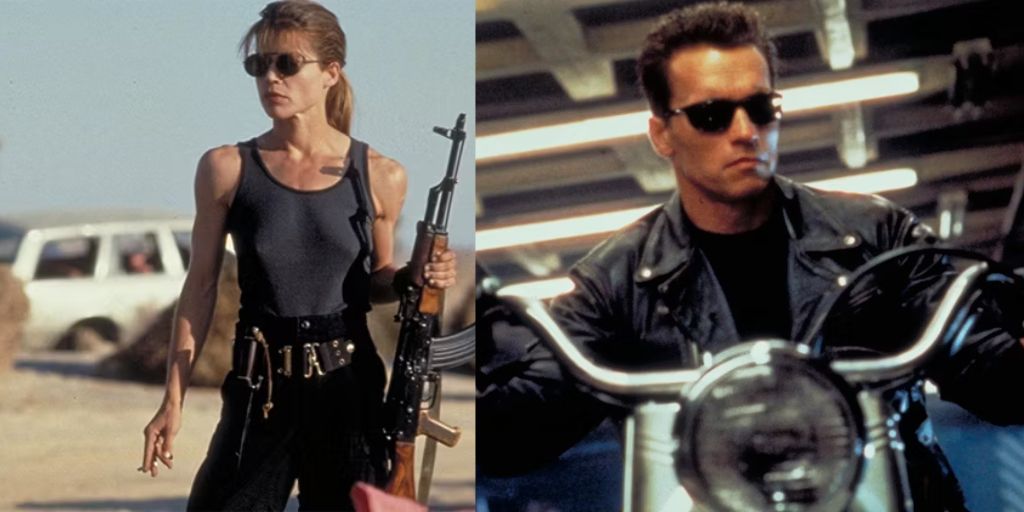
As we continue to show the nuances of time travel in the Terminator franchise, one thing remains clear: the relationship between past, present, and future will always be an essential aspect of the story.
Whether the characters can truly change their destinies or whether they are destined to follow the same paths remains an open question. Each installment of the franchise enriches the lore, offering fans the chance to ponder the possibilities and complexities of time travel.


